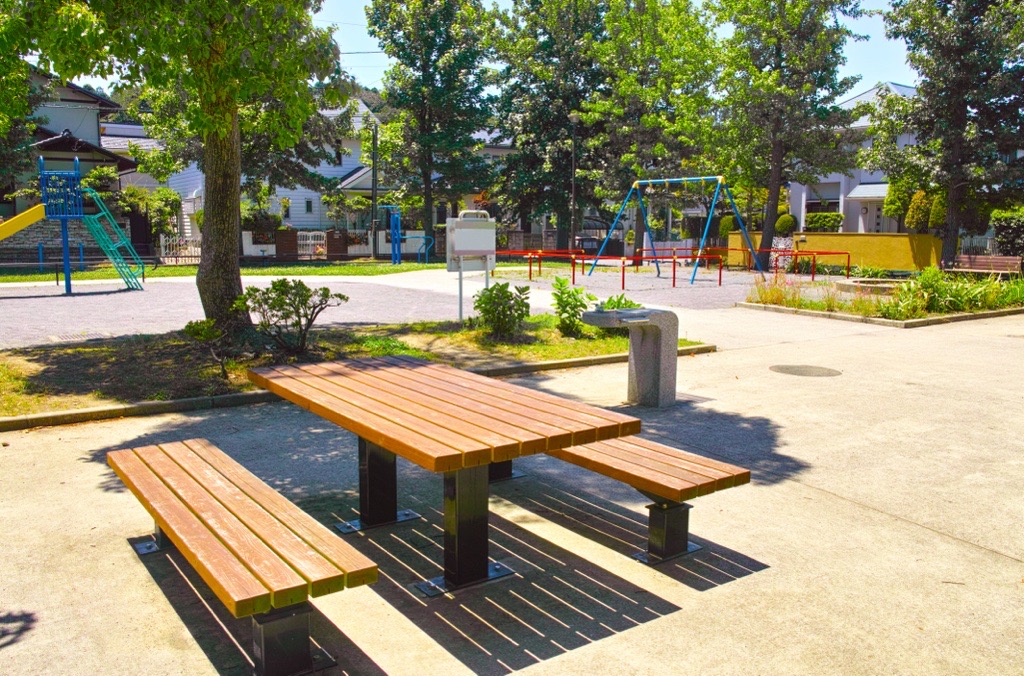 (Photo by 7maru/iStock)
(Photo by 7maru/iStock) While studies have shown that access to green space like parks and gardens has positive effects on the people who access them, introducing green space in low-income communities might contribute to displacing the very people it is meant to benefit.
Michelle Stuhlmacher, assistant professor of geography, recently published two studies that provide new insight into green gentrification. Each article explores the impact green spaces have on gentrification and how urban planners can mitigate the risk of gentrification when introducing green areas to neighborhoods.
“Green gentrification is the idea that new green investments can increase the desirability of a neighborhood in a way that attracts higher-income outsiders who move to the neighborhood,” Stuhlmacher says. “As a result, these investments raise property values and potentially displace current residents who can no longer afford the higher rent or property tax costs.”
Stuhlmacher’s
first study examines the conditions under which a new park contributes to gentrification in Chicago. Researchers found that a new park only contributed to gentrification if it was located near an already gentrifying area that lacked both pre-existing greenspace and government assisted public housing. The study also found that a new park in areas with adequate greenspace did not spur gentrification.
The
second study tests whether the creation of new parks tends to precede or follow gentrification by analyzing changes in Chicago and Los Angeles neighborhoods. By comparing home sale prices before and after parks were built in the neighborhoods, researchers found that gentrification tends to follow the opening of new parks more in Los Angeles than in Chicago. However, it tends to precede the opening of new parks in both cities.
Together, this research suggests that the impact of a green space is mostly determined by how it combines with other neighborhood conditions. By offering more nuanced understandings of the relationship between green spaces and gentrification, these studies support informed urban planning decisions moving forward.
"The results from these two collaborations are encouraging for closing the green space equity gap,” Stuhlmacher says. “Research like this can provide nuance on the pathways to greening with and without gentrification, giving urban planners more tools to address the lack of green space in disinvested neighborhoods without displacing existing residents.”
Stuhlmacher’s co-authors include Jieun Kim and Yushim Kim at Arizona State University, Alessandro Rigolon and Timothy Collins at University of Utah and Jon Christensen at University of California, Los Angeles.
The articles are now published online in the “Journal of Urban Affairs” and “Landscape and Urban Planning.”
Jade Walker is a student assistant of media relations and communications in University Communications.